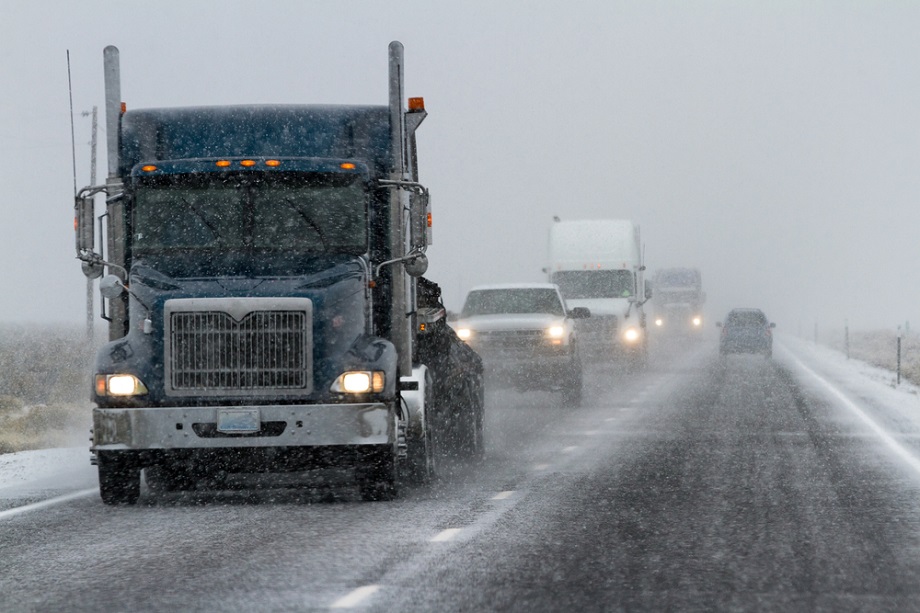Living in Western Pennsylvania means the weather can be unpredictable! After a few winter seasons of light snowfall, Pennsylvania and the rest of the Mid-Atlantic region, will be “seasonably cold, wet and white” this year, according to the 2021 edition of the Farmer’s Almanac. In addition, a February blizzard is also in the forecast according to a recent PennLive article.
Driving in winter weather conditions can be very hazardous, and extra precautions should be taken. The following tips from one of our companies, MetLife, will help you navigate snowy or icy road conditions.
How To Drive in Winter Weather Conditions
1. The best tip for driving in severe winter weather conditions is to avoid it. If you do not have to travel to work or school, try your best to stay off of the roads. There is no reason to put yourself in danger if driving in snow and ice is not necessary.
2. If you must drive in winter weather, be sure to allow extra time to drive from one place to another. Make sure that you are not in a rush to get anywhere. You will be forced to drive at slower than normal speeds and are more likely to be stalled by accidents when driving in winter weather conditions. You can’t expect to reach your destination within the same time frame as in summer.

3. Slow down. Speeding is never smart, but speeding on snowy or icy roads can be deadly. Be prepared to drive significantly slower than you normally would on dry roadways. Reducing your speed will allow you to have more time to react if you encounter a problem.
4. Keep a distance of at least three car lengths between your vehicle and the vehicle in front of you.
5. Drive with your lights on, even during the day. Winter weather conditions reduce visibility. Even if it is not snowing, sleeting, or icing at the moment, you headlights will serve as an extra safety precaution.
6. Use a lower gear to provide more traction. Your vehicle will be less likely to accelerate quickly if it begins to slide on an icy road if it is being driven in a lower gear. Never use cruise control in winter weather conditions. Cruise control takes vehicle control away from you which is extremely dangerous on slippery roads
7. Never pass snow plows.
8. Never overestimate your vehicle’s ability to handle winter weather conditions. If you are skeptical, find another means of transportation.
9. People are often unsure of how to recover control of their vehicle if the wheels lock up because of icy or snowy road conditions. If your rear wheels lock up, take your foot off of the accelerator, turn your steering wheel in the direction you want your front wheels to go, apply steady pressure to anti-lock brakes or gently pump standard brakes. If your front wheels lock up, allow the steering wheel to turn freely, remove your foot from the accelerator, shift into neutral, then slowly begin to steer the vehicle as it slows down from turning. The best thing to keep in mind if you lose control of your vehicle on an icy road is the importance of not making any sudden maneuvers. Allow your vehicle to slow down before attempting to regain control.
10. Even if there is no snow or icy to deal with, make sure that you completely defrost your front and back windshields before driving in the winter. Frost significantly reduces your visibility. Wait until it is completely melted before driving.
Remember, it’s also a good idea to stay prepared to accidents or stalls by keeping a warm blanket, bottle of water, and snack in your vehicle.
